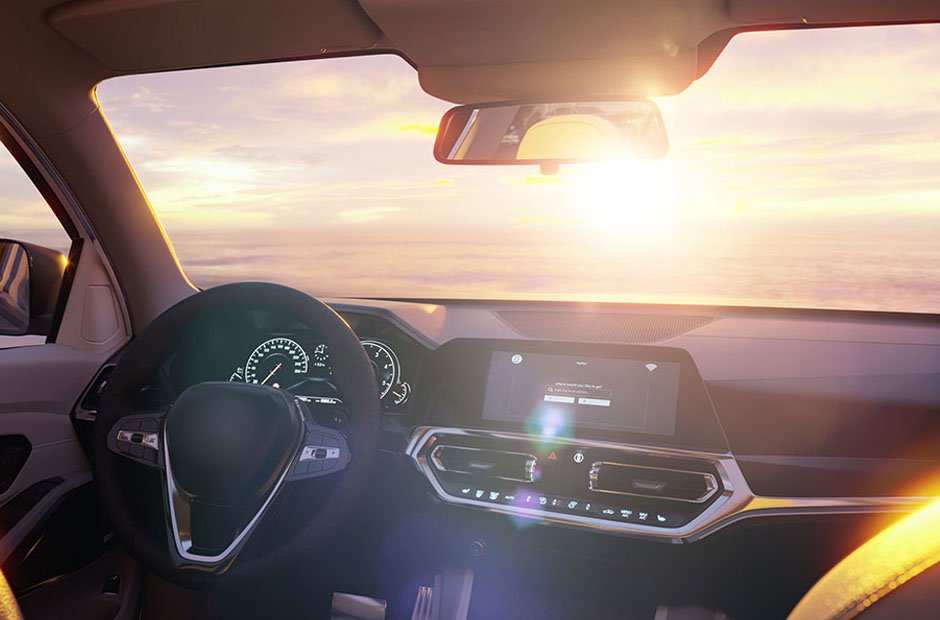Skip to the good bit
ToggleHuman-Machine Interface (HMI) is at the heart of the way we interact with technology today. As we move further into 2024, HMI technology is advancing rapidly, transforming industries and reshaping user experiences. From sleek touchscreens to voice-activated controls, HMI is enabling more intuitive and effective communication between humans and machines.
In this comprehensive guide, we’ll explore everything you need to know about HMI in 2024, focusing on key trends, breakthroughs, and the role of leading manufacturers like Brantech HMI manufacturer.
1. The Evolution of HMI: Beyond Touchscreens
While touchscreens continue to dominate the HMI landscape, 2024 is witnessing the rise of more sophisticated interfaces. Voice recognition, gesture controls, and even augmented reality (AR) interfaces are becoming increasingly common. These advancements are making interactions more immersive and natural, especially in sectors like automotive, healthcare, and smart home technologies.
In the automotive industry, for example, voice-activated HMI systems allow drivers to control navigation, media, and climate settings without taking their hands off the wheel. This not only enhances convenience but also improves safety. Similarly, gesture-based controls are gaining traction in healthcare, where surgeons can navigate medical images hands-free during procedures.
2. AI-Powered Personalization and Predictive Interfaces
Artificial Intelligence (AI) is taking HMI to the next level by enabling personalized and predictive interfaces. AI-powered HMIs learn from user behavior, anticipate their needs, and provide customized experiences. This trend is especially prominent in consumer electronics, smart devices, and automotive systems.
For instance, a smart home system with an AI-enabled HMI can learn your daily routines and automatically adjust lighting, temperature, and appliances to suit your preferences. In vehicles, predictive HMI systems can anticipate driver preferences and suggest optimal routes, reducing distractions and enhancing the driving experience.
3. Enhanced Safety and Accessibility
In 2024, HMI technology is prioritizing safety and accessibility like never before. This is crucial in industries like automotive and healthcare, where clear and precise communication between humans and machines is vital. Innovations in voice recognition, haptic feedback, and eye-tracking are making HMIs more inclusive and user-friendly.
For visually impaired users, voice-activated and haptic-based interfaces offer new ways to interact with devices. Haptic feedback, which provides tactile responses to user actions, is increasingly being integrated into automotive dashboards and wearable devices to guide users without relying solely on visual cues.
4. HMI in Industrial Automation: Smarter and More Connected
Industrial automation is a major driver of HMI innovation in 2024. As factories become smarter and more connected, HMIs are evolving to handle complex operations and provide real-time insights. Leading manufacturers, like barantech, are developing industrial HMIs with advanced features like remote monitoring, predictive maintenance, and multi-device connectivity.
These HMIs allow operators to monitor production lines, control machinery, and receive alerts about potential issues from a single interface. This level of integration not only improves efficiency but also minimizes downtime and reduces the risk of equipment failures.
5. The Integration of Augmented Reality (AR) in HMI
Augmented Reality (AR) is making its mark on HMI technology by creating interactive and immersive interfaces. AR overlays digital information onto the physical world, allowing users to interact with machines and devices in new ways. This trend is gaining traction in fields like maintenance, training, and complex assembly tasks.
Imagine a maintenance worker using an AR-enabled HMI to receive step-by-step instructions overlaid on the machinery they’re repairing. This hands-free guidance reduces errors and increases efficiency, especially in industries where precision is critical.
6. The Growing Role of Wearable HMIs
Wearable devices are becoming more sophisticated, with HMIs that offer real-time data and intuitive controls. From smartwatches and fitness trackers to augmented reality glasses, wearables are providing users with seamless access to information and control over their devices.
In the workplace, wearable HMIs are being used to improve safety and productivity. For example, workers in hazardous environments can receive real-time alerts and instructions through smart helmets equipped with HMI displays. This trend is set to expand further in 2024, as wearables continue to integrate more advanced HMI capabilities.
7. Sustainability and Energy Efficiency in HMI Design
With the growing emphasis on sustainability, HMI technology is evolving to become more energy-efficient and environmentally friendly. This includes the use of eco-friendly materials, low-power displays, and energy-saving modes in touch panels and screens. In 2024, leading HMI manufacturers are focusing on reducing the environmental impact of their products while maintaining high performance.
For example, automotive HMIs are being designed with energy-efficient OLED displays that consume less power and provide clearer visuals. In industrial settings, smart energy management systems integrated with HMIs help monitor and optimize energy usage.
8. Applications Across Multiple Industries
HMI technology in 2024 isn’t confined to a single industry—it’s becoming an integral part of diverse sectors. In healthcare, HMIs are used for patient monitoring, surgical guidance, and medical imaging. In consumer electronics, they enable smart home automation, gaming, and wearable tech. In industrial automation, they provide control and monitoring solutions for machinery and production lines.
The versatility of HMI technology is what makes it so impactful. Whether you’re interacting with a robot in a factory, adjusting your home’s lighting, or using a smartwatch, the HMI plays a crucial role in enhancing the user experience.
Conclusion
As we move further into 2024, HMI technology continues to evolve, driven by advancements in AI, AR, and connectivity. These interfaces are becoming smarter, more intuitive, and more accessible, enabling seamless interactions between humans and machines. From industrial automation to consumer electronics, the applications of HMI are expanding across various sectors.
For companies looking to leverage the latest HMI trends, partnering with a leading Brantech HMI manufacturer can provide a competitive edge. As HMI technology continues to advance, staying informed about the latest developments and innovations is essential for making the most of these powerful interfaces.







